Choosing outdoor furniture means finding the right balance of looks, weather resistance, and cost, all while considering how much time you want to spend on maintenance. While wood brings natural beauty to any patio, two popular options stand out: teak and acacia.
Teak has earned its reputation as a premium choice, while acacia has emerged as a practical alternative. But which one truly fits your needs?
This guide helps you choose the right outdoor wood by focusing on what truly matters - weather resistance, lifetime costs, maintenance requirements, and ideal applications. Skip the marketing hype and make a practical decision for your outdoor space.
Getting to Know Teak Outdoor Furniture
Teak is a premium wood that earned its reputation through shipbuilding, where its natural strength helps it withstand harsh ocean conditions.
Its exceptional durability comes from high levels of natural oils and silica (a mineral found in sand). These natural properties protect the wood from rot, insects, and weather damage, making teak a leading choice for outdoor furniture.
Pros of Teak Furniture
- High natural oil content creates a strong barrier against water, making it resistant to rot even in humid conditions.
- Natural oils also protect against wood-boring insects like termites, eliminating the need for chemical treatments.
- Very low maintenance needs - simple cleaning is enough if you're comfortable with the natural silver-gray patina that develops.
- Features an elegant golden-brown color when new, with straight, fine-grain patterns that suit many design styles.
- Strong resistance to UV damage, with the patina developing naturally without weakening the wood's structure.
Cons of Teak Furniture
- High price tag compared to other outdoor materials like acacia wood
- Requires special cleaners and sealers to maintain its golden-brown color, as it naturally turns silvery-gray
- Heavy weight makes it stable, but difficult to move or store when needed

Getting To Know Acacia Wood Outdoor Furniture
Acacia wood is a popular choice for outdoor furniture that won't break your bank. This hardwood stands out with its unique grain patterns and rich color variations, from light amber to deep brown. It gets durability similar to teak, but at a much lower cost, making it an attractive option for your outdoor space.
Pros of Acacia Wood Furniture
- Acacia offers premium hardwood looks at a lower price than teak, making it perfect for budget-conscious outdoor decorating.
- The wood displays beautiful colors from yellow to reddish-brown, with unique grain patterns in every piece.
- Acacia trees grow rapidly, making the wood more sustainable and readily available than slow-growing hardwood alternatives.
- Most acacia species feature good natural density and hardness, offering strong resistance to everyday wear.
Cons of Acacia Wood Furniture
- Needs more upkeep than teak, requiring regular sealing or oiling to guard against moisture and UV damage
- Despite being water-resistant, it's not waterproof - constant rain or humidity can cause warping and mold without proper treatment
- Shows less tolerance to direct sunlight and temperature changes than teak, making careful placement crucial

Acacia Wood vs Teak: Head-to-Head Comparison
Choosing between Acacia and Teak means looking at more than just price tags. Think about your local weather, how much time you can spend on upkeep, and what you can afford. This helps you pick the wood that works best for your outdoor space.
Durability and Strength
Teak offers reliable performance with its consistent density and hardness. With a Janka hardness score of 2330 lbf and natural oils that protect the wood, Teak resists cracking and warping for decades of outdoor use.
Acacia's durability varies by species. Its Janka scores range from 1100 to over 4000 lbf, meaning some types are softer than Teak while others are much harder. However, Acacia needs regular maintenance to prevent cracking and warping, especially in harsh weather.
When buying outdoor wood furniture, Teak gives you more certainty. Its known hardness means better resistance to everyday dents and scratches. With Acacia, it's harder to know what you're getting unless you know the specific species.
Weather Resistance
Teak stands out as the superior choice for outdoor conditions, thanks to its high natural oil content. These oils make teak naturally water-resistant, helping it fight off rot without extra treatment.
Acacia wood needs more care to handle the weather well. You must seal it regularly to prevent moisture damage, swelling, and warping. Without proper sealing, acacia can develop mold in wet climates.
Both woods react differently to sunlight. Teak ages to a silver-gray color but stays sturdy. Acacia needs UV-protective sealants to prevent cracking and warping in direct sunlight.
In coastal areas with salt spray, teak is your best bet. It naturally fights off insects and moisture, while acacia requires more maintenance to stay in good shape.
Maintenance Needs
Teak offers two maintenance paths. Let it weather naturally to a silver-gray patina, and you'll only need basic cleaning once or twice a year. To keep its golden color, you'll need to apply specialized cleaners and UV-blocking sealers every 6-12 months.
Acacia wood demands more attention outdoors. You must:
- Clean regularly
- Apply sealer or oil every 6-12 months
- Use specific outdoor sealants for protection
Without proper care, Acacia can quickly develop problems like:
- Cracking and warping
- Discoloration
- Potential rot
Consider your time commitment carefully. Maintaining weathered teak is simple; preserving teak's color takes moderate effort, but Acacia needs consistent care to survive outdoors. Always use products designed specifically for your wood type to ensure the best protection.
Lifespan
Teak furniture can last over 50 years outdoors, making it a true investment piece you can pass down through generations. Its durability comes from natural oils and dense grain structure.
Acacia wood typically gives you 15-20 years of outdoor use. While this is respectable, you'll need to maintain it carefully to reach this lifespan.
For the fair value of your money, both woods can serve you well. Teak's longevity is built into the wood itself, while Acacia relies heavily on your care routine.
Weather also plays a big role - Teak shrugs off harsh sun, rain, and frost, but Acacia needs protection from these elements to avoid rapid deterioration.
Cost vs Long-Term Value
When you shop for outdoor furniture, teak pieces often come with sticker shock. A teak dining set can cost 2-3 times more than a similar acacia set. This price gap makes Acacia an attractive choice for budget-conscious buyers.
But look beyond the price tag to understand the total cost of ownership (TCO). This includes:
- Initial purchase price
- Maintenance supplies (sealers, oils, cleaners)
- Protective covers
- Potential replacement costs
Teak requires minimal care if you're okay with its natural gray patina. With its 50+ year lifespan, teak's cost per year of use is often lower than acacia. Meanwhile, acacia needs regular sealing and maintenance, and typically lasts 10-15 years with proper care.
Keep in mind that quality varies within both woods. High-end acacia can cost more than budget teak, so focus on construction quality rather than just the type of wood.

Looks and Styles
Teak offers a timeless appearance with warm golden-brown tones that age into a silver-gray patina. This natural aging process doesn't harm wood – many consider it a desirable feature. The wood's straight, fine-grain patterns create a uniform, classic look.
Acacia wood brings more variety to the table. You'll find colors ranging from light yellows to deep reddish-browns, along with diverse grain patterns that can be straight, wavy, or interlocked. This variety creates unique, character-rich pieces.
Keep in mind that Acacia needs more maintenance to age well. Without proper care, it can develop uneven fading, darkening, or small surface cracks more quickly than Teak.
When choosing between these two woods, consider your style goals:
- Pick Teak for consistent, sophisticated looks
- Choose Acacia for natural variation and eye-catching features
Before deciding, look up comparison photos showing grain patterns, color ranges, and weathering effects of both woods.
Acacia Wood vs Teak: Choosing The Right Wood
Choosing between acacia and teak wood comes down to your specific needs and situation. You'll want to consider where you'll use the wood, your budget, and how much maintenance you can handle. Take time to match their features with your requirements before making your choice.
Budget
Acacia wood offers clear savings upfront, costing much less than teak furniture. However, looking at long-term value tells a different story.
Here's what to consider for your budget:
- Acacia needs regular maintenance with oils and sealants, adding to yearly costs
- Teak requires minimal upkeep if you're okay with its natural gray patina
- Quality varies within each wood type - premium acacia can cost as much as basic teak
- You might need to replace acacia furniture several times during a teak piece's lifetime
If you can afford the higher upfront cost, teak often gives you better value over time. But if the initial price is your main concern, acacia is your best choice.
Climate
Teak excels in challenging weather conditions. In wet, humid, or coastal areas, its natural oils protect against rot and warping. You can leave teak furniture outside year-round – just bring the cushions in.
Acacia needs more care in tough conditions. It's best for covered spaces in wet areas and requires careful sealing to prevent damage. The wood can crack in very hot, dry climates without protection. During freezing winters, you'll need to store acacia furniture indoors or use quality covers.
For best results with acacia, choose moderate climates with mild winters. Here, you'll need only basic maintenance to keep the wood in good shape.
Maintenance
If you want the lowest-maintenance option, let Teak wood age naturally into its silver-gray patina. You'll only need to clean it occasionally with soap and water.
Acacia wood needs more attention. Plan on cleaning and applying sealants or oils every 6-12 months to keep it looking good. Skipping this care will cause Acacia to deteriorate quickly outdoors.
Want to keep Teak's golden color? You'll need a middle-ground approach with yearly cleaning and sealing – more work than patina Teak, but less than Acacia requires.
Make sure to weigh both time and expenses when selecting. The true cost of maintenance includes the hours you'll spend caring for your furniture, not just the price of supplies.

Furniture Lifespan
Teak is your best choice if you want furniture that lasts over 30 years and could become a family heirloom. Its proven durability makes it worth the higher cost.
Acacia wood can serve you well for 10-20 years with proper care. This makes it suitable if you want to save money and don't need multi-generation durability.
Before deciding, think about your plans:
- How long will you stay in your current home?
- Will this furniture style match your future needs?
- Are you ready for regular maintenance?
Bear in mind that Acacia's lifespan depends heavily on your care routine and local climate. Teak offers more reliable durability with less maintenance.
Matching Your Outdoor Style
Teak offers a classic look with its consistent golden-brown color that ages to silver. This reliable appearance works well in modern and traditional settings.
Acacia brings more variety to your outdoor space. Its diverse grain patterns and warm reddish tones suit rustic or eclectic designs. Keep in mind that Acacia needs regular maintenance to control its aging process, while Teak develops a uniform silver patina naturally.
When choosing between these woods, consider your existing outdoor pieces. Teak's predictable appearance makes coordination easier, but Acacia requires careful selection to match other elements.
Before making your choice, take time to view actual furniture pieces in person. Photos can help, but seeing the wood's texture and color variations firsthand will guide you to the best decision for your style.
Final Thoughts
Teak stands out as the premium choice, offering exceptional durability and weather resistance with minimal upkeep. While the initial cost is higher, it's a long-term investment that pays off over decades of use.
Acacia presents a budget-friendly option with good strength and natural beauty. However, you'll need to commit to regular maintenance and carefully consider your climate to protect your furniture.
The best choice depends on your specific needs. Consider these key factors:
- Your budget
- Local weather conditions
- Time for maintenance
- Desired lifespan
- Preferred style
To protect your investment, always buy from established dealers who provide clear documentation about wood sourcing and certification. This ensures you get quality materials that will serve you well for years to come.
Read More:
Best Outdoor Furniture Material


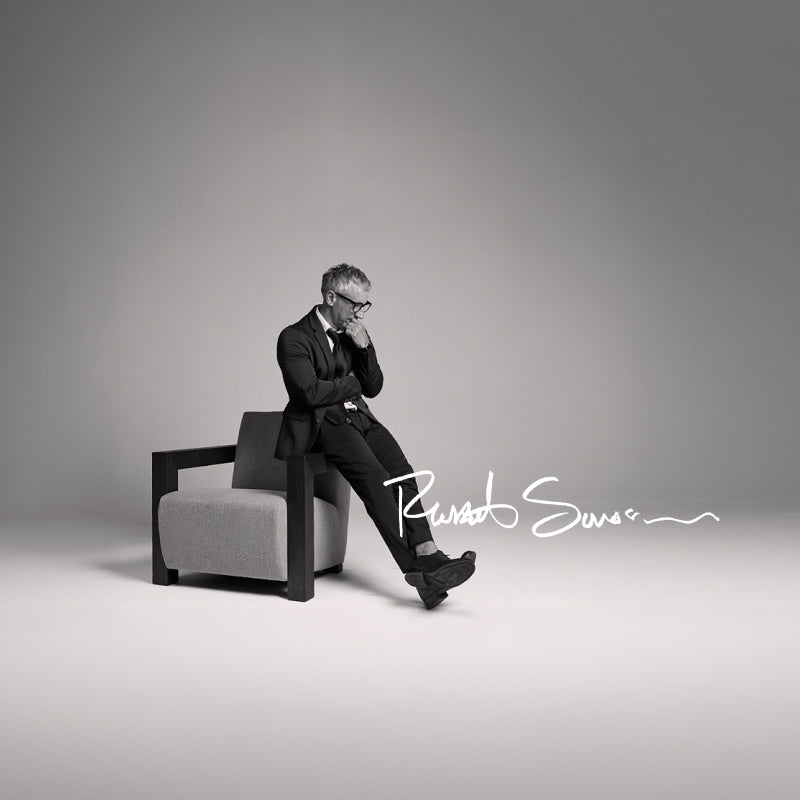

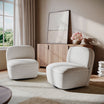
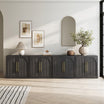




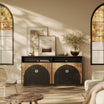

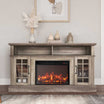
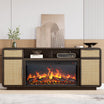
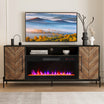
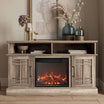
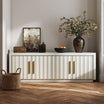
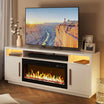

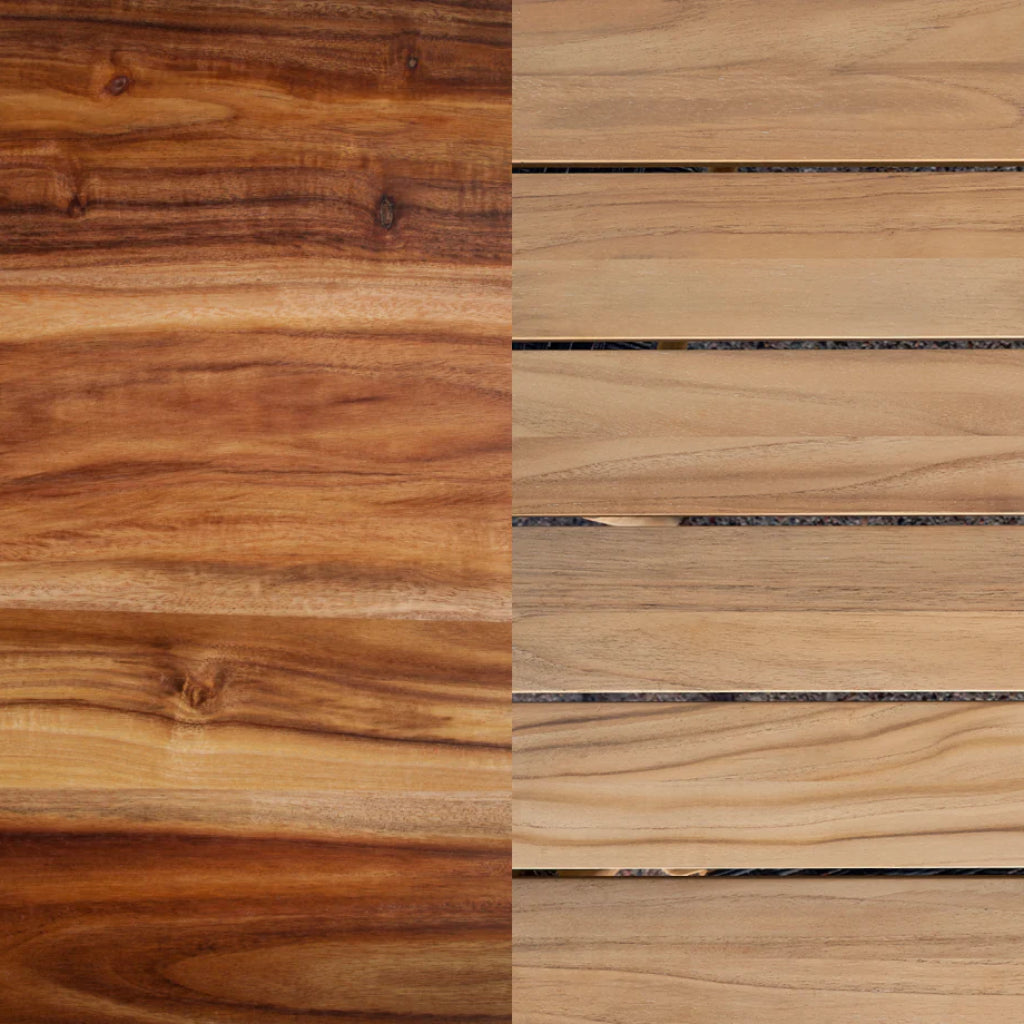
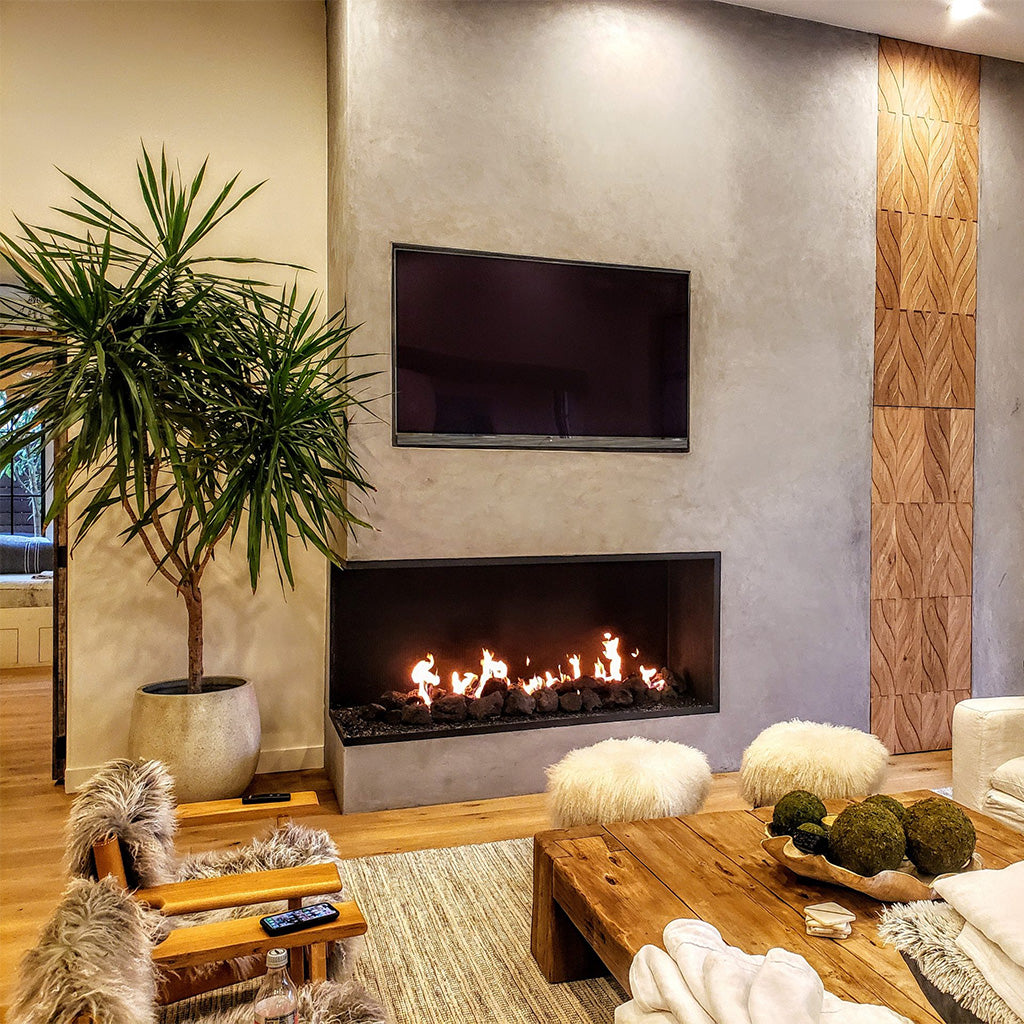
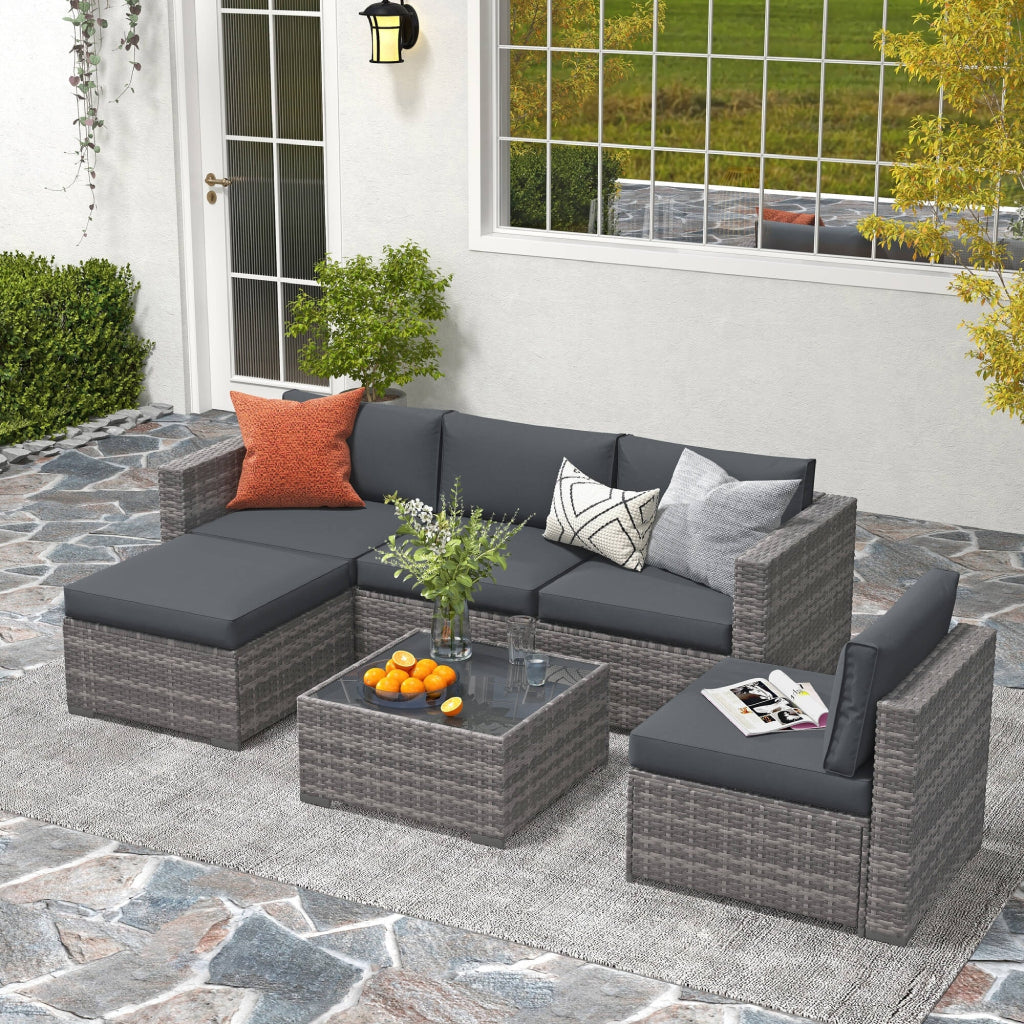
Leave a comment
This site is protected by hCaptcha and the hCaptcha Privacy Policy and Terms of Service apply.